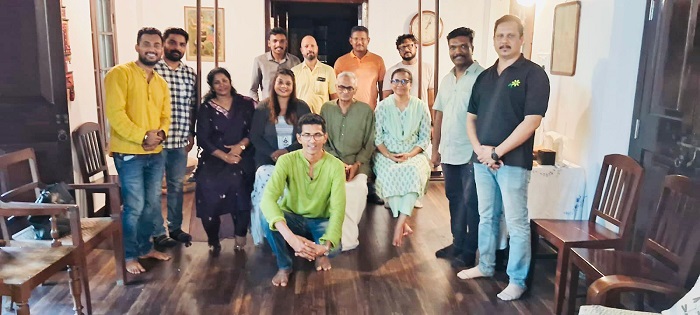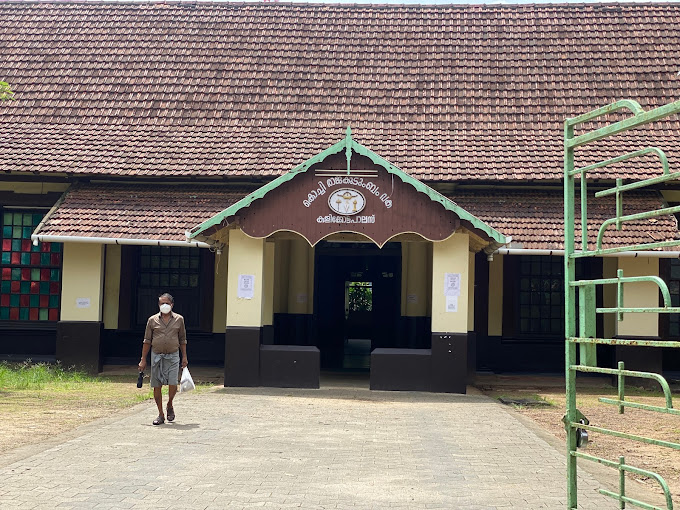Tourism Professionals Club In partnership with Traveling Gecko, recently curated an exclusive Royal Heritage Tour, that aims to uncover the depths of Cochin’s storied past. Departing from the usual tourist circuit, which often includes Fort Cochin, Mattancherry, and the Jewish Synagogue, this unique tour introduces participants to lesser-explored aspects of the region’s heritage.
Crafted by Traveling Gecko, the innovative itinerary winds through the labyrinthine streets of Tripunithara, offering glimpses of the famed Kalikotta Palace. Led by Rajith Nair, the group was immersed in insightful narratives, shedding light on the intricacies of palace architecture and history.


Tripunithura, often referred as the Raja Nagari (royal city), stands as a bastion of traditional Kerala cultural heritage. It is renowned for its association with the Cochin Royal House, whose palaces have long served as patrons of traditional arts, architecture, literature, and music. The erstwhile rulers of the Kingdom of Cochin were celebrated for their patronage of the arts, fostering a flourishing environment for fine arts and architecture.
The town holds prominence as a centre for learning classical arts such as Carnatic music, Kathakali, and Mohiniyattam, along with traditional percussion instruments like mridangam, chenda, and madala. This cultural richness is facilitated by institutions like the RLV College of Music and the Institute of Fine Arts, established in 1956. Additionally, the Kerala Kalalayam, founded in 1952 by Kathakali artist Padmashree Kalamandalam Krishnan Nair and Mohiniyattam artist Kalamandalam Kalyanikutty Amma, serves as another esteemed centre for artistic learning.
Tripunithura boasts numerous dedicated venues for stage performances and the promotion of art, many of which were established by the royal family.
Regarding its name, some Sanskrit enthusiasts suggest that Tripunithura derives from “pūrṇa vēda puri,” meaning “the town of Vedas in its entirety.” Another interpretation is “the land on the shores of the Poorna River.” However, the name is believed by some to originate from “Thiru punitha thara,” meaning “the land that is holy,” with “thara” denoting a platform or an elevated stage. The word “Pooni” has multiple meanings, including “bullocks” and “a type of water bird,” and it might also refer to the bag used to carry arrows.


The tour’s highlight was the intimate rendezvous with the modern-day Cochin Royal Family. Participants were enchanted by the approachable demeanour of the royals, who shared captivating anecdotes and personal tales, leaving an indelible mark on all attendees. This fresh perspective on heritage tourism has earned acclaim for its ability to unearth hidden treasures and provide a more authentic glimpse into Cochin’s regal legacy.
Also Read
Singapore Tourism Board collaborates with Ananya Panday
Watch on Youtube
